



Registered Nutritionist


Fennies are proud to be accredited by the Early Years Nutrition Partnership (EYNP) for our menus and contribution to supporting good nutrition in the early years. As part of our subscription, we are delighted to bring you regular nutrition updates and evidence-based articles written by our Registered Nutrition Professionals from EYNP, Janet Aylott and Catherine Lippe.
This months’ topic: Healthy Breakfast Ideas
Breakfast is the first meal of the day and literally means ‘breaking the fast.’ Following a good night’s sleep, our bodies need fuel to break this overnight fast which means that breakfast plays a unique role compared to lunch or dinner.
For children aged 1-4, breakfast should provide around 20% of daily energy and nutrient requirements. What we choose for breakfast is vital because it really does help to set us up for the day and provides a great opportunity to get a wide range of important energy and nutrients into our children. Studies show that children who eat a regular healthy breakfast can consume more nutrients that are essential for healthy growth and development, compared to children who don’t.
So what do we mean by a balanced or healthy breakfast? Well, when it comes to giving your child the best start to the day the aim is to give a range of different nutrients to support their needs. We get nutrients from the food we eat so having a variety of foods from the different food groups helps us to achieve this goal. At breakfast time this might include:
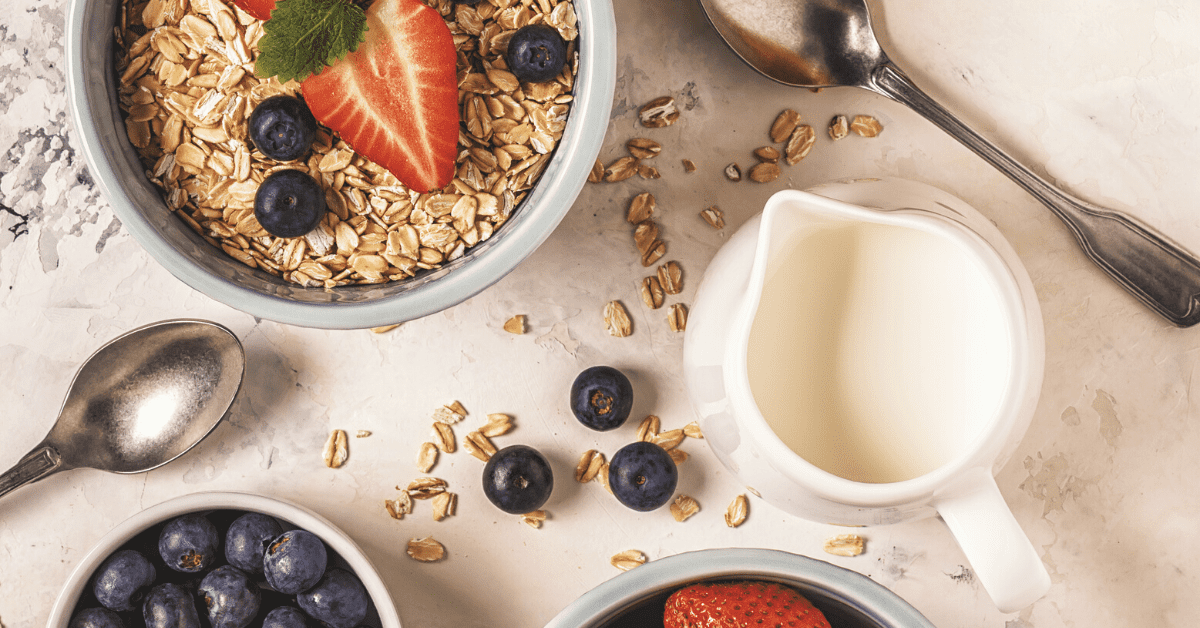

Starchy carbohydrates such as breakfast cereal, porridge, toast or other wholegrain sources. Breakfast cereals are often fortified with important vitamins and minerals so can be a great choice. Check the label to ensure added sugar levels are kept to a minimum.
This could include fresh, dried, tinned…the choice is yours!
Dairy such as milk on cereal, or yoghurt. Remember to use full-fat milk up to 2 years of age, and calcium-enriched alternatives if dairy is excluded. After 2, semi-skimmed milk can be used as long as the child is having a good range of other foods in their diets.
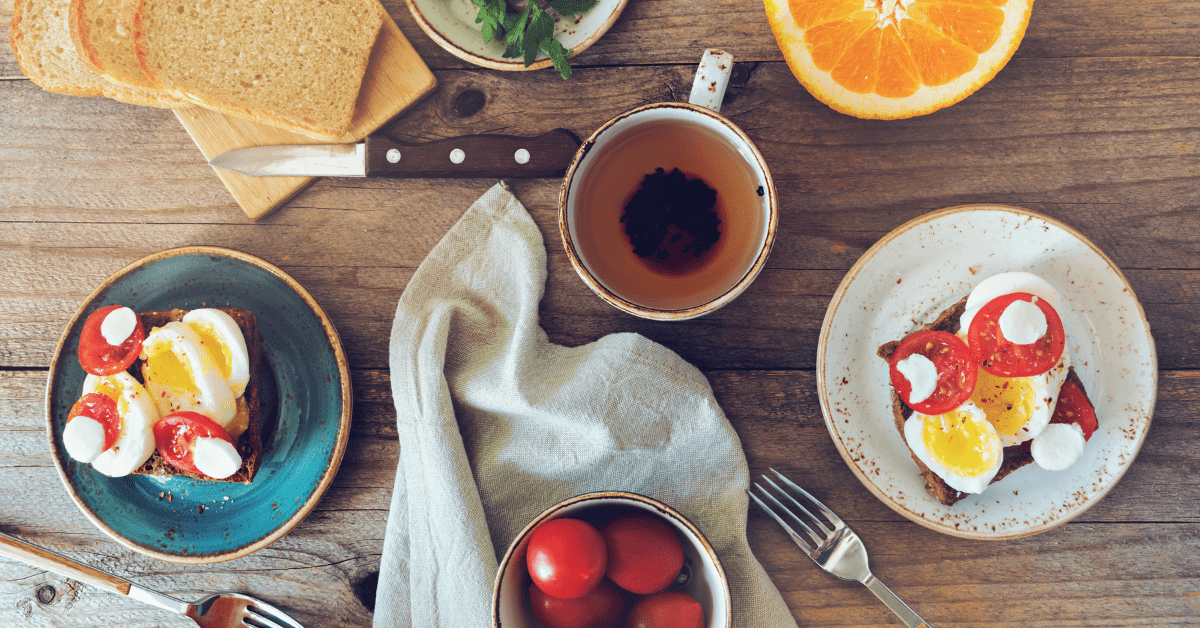

A protein source such as beans, pulses, fish, eggs, meat or other proteins. A cooked breakfast on occasion is a great way to get extra protein into your child’s diet.
the best option would be plain water or milk, however, if you choose to serve a fruit juice or smoothie make sure this is just with the meal, and portion sizes are kept to less than 150ml.
Keeping a good variety for breakfast is important – it’s very easy to serve the same choice every day but aim to mix things up when you can to provide that essential variety that children need.
Here are some healthy cereal-based breakfast ideas to get started:
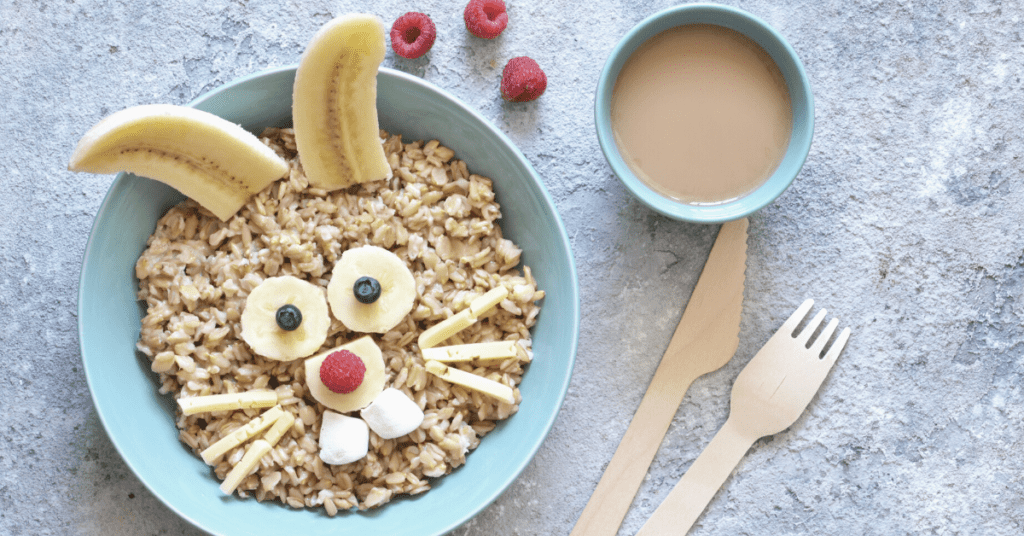

Or how about trying some alternative toast, bagel or crumpet toppings:
Whatever you and your child choose for breakfast remember that it’s all about variety, trying new things and enjoying mealtimes. Getting good nutrition at the same time is a bonus!


If you want to learn more about healthy portion sizes for toddlers, particularly when it comes to breakfast foods, then check out this great resource from the British Nutrition Foundation 5532 portion sizes – British Nutrition Foundation


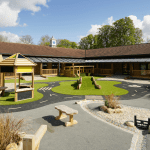





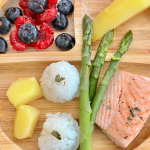



View All
This website uses cookies so that we can provide you with the best user experience possible. Cookie information is stored in your browser and performs functions such as recognising you when you return to our website and helping our team to understand which sections of the website you find most interesting and useful.
You can read out full privacy policy here
Strictly Necessary Cookie should be enabled at all times so that we can save your preferences for cookie settings.
If you disable this cookie, we will not be able to save your preferences. This means that every time you visit this website you will need to enable or disable cookies again.